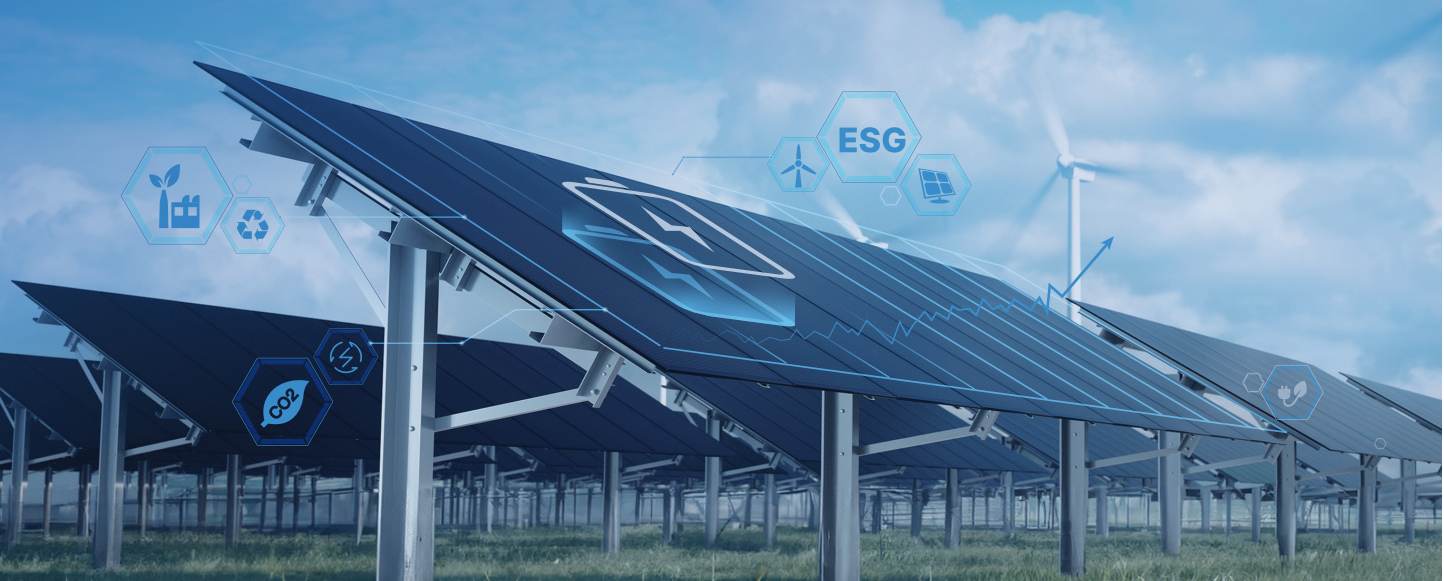
Inquiry
Interpretation of the EU New Battery Regulation
In July 2023, the EU officially adopted the Regulation on Batteries and Waste Batteries ((EU) 2023/1542), replacing the 17-year-old Battery Directive (2006/66/EC). This marks a new era of full lifecycle management for the global battery industry. Centered on unifying market standards and enhancing sustainability, the new EU battery regulation reshapes industry rules through innovative mechanisms such as digitalization, carbon footprint tracking, and material restrictions.
I. Regulatory Context & Implementation: From Fragmentation to Systematization
The new EU battery regulation stems from multiple strategic considerations:
- Carbon Neutrality Goals: Batteries, as core enablers of clean energy transition, account for 5%-10% of EU industrial carbon emissions across production, use, and recycling.
- Resource Security: With over 90% dependency on imported critical raw materials (e.g., lithium, cobalt), the EU urgently needs circular economy solutions to mitigate supply chain risks.
- Market Harmonization: The outdated directive caused regulatory fragmentation due to inconsistent national implementations, while the new regulation applies directly across all member states for improved enforcement.
Key Milestones:
- 2024: Restrictions on hazardous substances and labeling requirements take effect.
- 2025: Mandatory carbon footprint reporting for EV batteries.
- 2026: Mandatory carbon footprint reporting for rechargeable industrial batteries.
- 2027: "Digital passports" required for industrial and EV batteries.
- 2028: Recycled material thresholds enforced (e.g., ≥70% lithium recovery rate).
II. Technical Core: Digitalization and Carbon Accounting Reshape Standards
1. Battery Passport: Blockchain-Powered Lifecycle ID
Starting in 2027, industrial and EV batteries >2kWh must carry a unique digital ID (QR code) with:
- Data Scope: 13 categories including material composition (e.g., cobalt sourcing), carbon footprint (Scope 1-3 emissions), supply chain mapping, and recycling status.
- Tech Infrastructure: Blockchain ensures data immutability, with tiered API access for regulators and consumers.
- Accounting Standards: Full-chain carbon tracking from "mining→manufacturing→transport→recycling," requiring real-time data streams from upstream suppliers.
Chinese enterprises face triple challenges: building cross-departmental data platforms, upgrading traceability systems, and securing third-party certifications (e.g., TÜV, SGS).
2. Carbon Footprint & Recycled Materials: Hard Limits Drive Innovation
- Carbon Thresholds: EV battery limits tighten from 80kg CO₂/kWh (2025) to 50kg (2030), versus current averages of 100-120kg.
- Recycled Content: From 2028, new batteries must contain 16% recycled cobalt, 6% lithium, and 6% nickel, accelerating shifts from pyrometallurgy to hydrometallurgy.
3. Hazardous Substance Controls: Accelerating Green Chemistry
Aligning with REACH and ELV regulations, the rules impose heavy metal limits, disrupting lead-acid battery markets and boosting adoption of low-pollution alternatives like LFP and sodium-ion.
Key restrictions are detailed in Annex 1:
III. Industry Impact: Global Supply Chain Compliance Challenges
- Surge in Compliance Costs for Chinese Firms
- Emerging EU Localization Strategies
- Global Standard Harmonization Trends
Conclusion
The EU new battery regulation elevates requirements to full lifecycle control, significantly impacting Chinese battery manufacturers and their supply chains. While presenting formidable challenges, it also urges enterprises to proactively align with evolving standards.
ACE Battery remains committed to closely monitoring EU policy developments and strictly complying with regulatory mandates. We are dedicated to delivering safe, high-efficiency, and cutting-edge battery technologies, energy storage systems, and smart energy management solutions tailored to the needs of our EU clients. Companies must prioritize ongoing compliance verification, invest in green innovation, and foster cross-border collaboration to secure long-term competitiveness in this transformative era of sustainable energy.
Our expert will reach you out if you have any questions!



